Climbing, whether indoors or outdoors, requires a crucial component for safety: a belay device. This small piece of metal is vital in connecting the belayer to the climber, playing a key role in everyone’s safety.
There are several types of belay devices, each with its pros, cons, and quirks. As a beginner, understanding these differences is essential to make an informed decision when purchasing your first device.
The right belay device ensures a safe climbing experience. It is critical to consider your climbing style, environment, and partner dynamics when selecting a device.
Key Takeaways
- Understand the importance of a belay device in climbing safety.
- Learn about the different types of belay devices available.
- Consider your climbing style and environment when choosing a belay device.
- Recognize the role of proper training in belay device usage.
- Make an informed decision when purchasing your first belay device.
Understanding Belay Device Basics
At the heart of climbing safety is the belay device, a simple yet critical tool for controlling the rope. A belay device is a mechanical device used in climbing to manage the rope during belaying and rappelling, providing a safe and controlled way to catch a falling climber or lower them down.
What is a Belay Device and Why is it Important?
A belay device is crucial for climbing safety as it uses friction to control the rope, allowing the belayer to arrest a climber’s fall or lower them safely. The importance of a belay device lies in its ability to create sufficient friction to stop a fall, making it an indispensable piece of equipment for climbers.
- Belay devices operate on the principle of creating friction through redirecting the rope’s path.
- The angle at which the rope enters and exits the device is crucial for maximizing friction.
How Belay Devices Work: The Physics of Friction
Belay devices work by utilizing the physics of friction to catch falls and lower climbers. When a climber falls, the rope tightens, creating tension that causes the belay device to pinch the rope against itself or a carabiner, generating the necessary friction to stop the fall.
- The amount of friction generated depends on factors like rope diameter and condition.
- Different belay device designs create friction in various ways, relying on the basic physics principle that friction increases when a rope bends around a surface.
The Three Main Types of Belay Devices
For climbers, understanding the different types of belay devices is essential for a safe and successful climb. Belay devices are a crucial piece of equipment that helps control the rope during climbing, and there are three primary categories to consider.
Classic Tube-Style Belay Devices
Classic tube-style belay devices are a popular choice among climbers due to their versatility and reliability. These devices feature a simple design with a tube and slots that allow for smooth rope control. They are suitable for a wide range of rope diameters and are often used for both indoor and outdoor climbing.
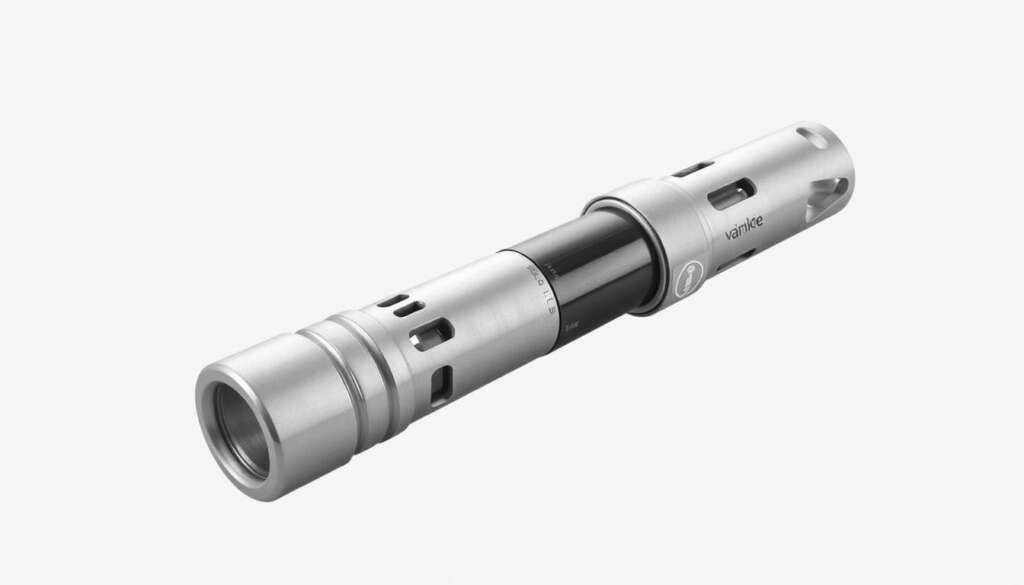
Assisted-Braking Belay Devices
Assisted-braking belay devices are designed to provide an additional level of safety by automatically braking the rope in case of a fall. These devices feature a mechanism that helps to lock the rope in place, reducing the risk of accidents. They are particularly useful for beginners or for climbing situations where the risk of falling is higher.
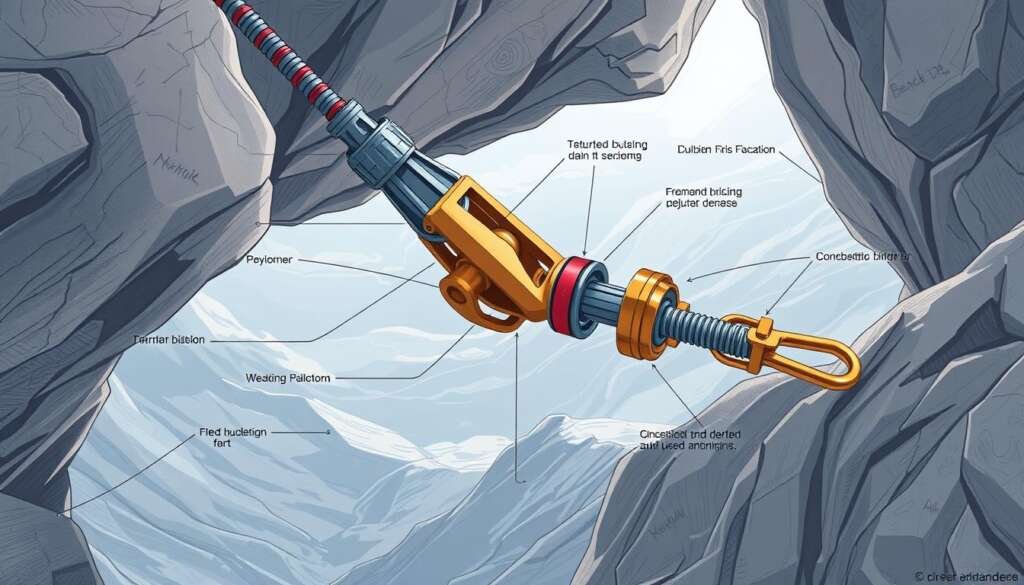
Figure8 Devices and Alternative Methods
Figure8 devices, once commonly used in climbing, are now primarily used for rappelling and specialized activities like canyoneering and rescue operations. These simple metal devices create friction by forcing the rope to bend around their figure-8 shape, providing smooth control during descents. While they have largely been replaced by more modern devices, they still have a place in certain climbing contexts.
The Munter hitch is another alternative method that can be used as a backup or in emergency situations. It requires only a locking carabiner to create a functional belay system, making it a valuable skill for climbers to know.
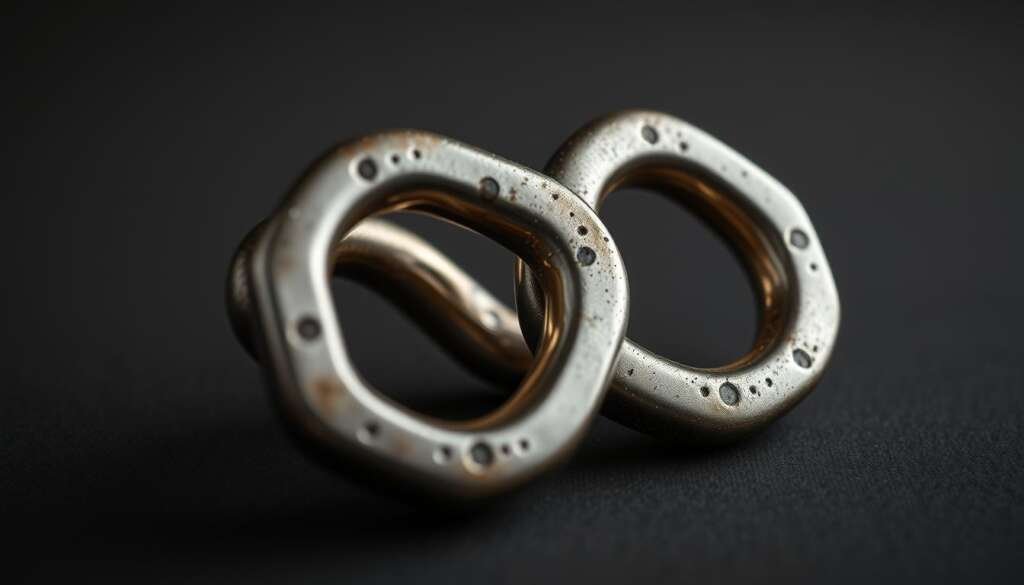
In conclusion, the three main types of belay devices offer a range of options for climbers to choose from, each with its own unique characteristics and advantages. By understanding the different types of belay devices, climbers can make informed decisions about which device to use for their specific climbing needs.
How to Choose the Right Belay Device
Choosing a belay device that suits your needs is essential for climbers of all levels. With various types of devices available, understanding your climbing style, the weight differences between you and your climbing partner, and the diameter of your rope are crucial factors in making the right choice.
Assessing Your Climbing Style and Needs
Your climbing style plays a significant role in determining the most suitable belay device. For instance, if you’re into sport climbing, you might prefer an assisted-braking device for its ease of use and safety features. On the other hand, traditional or multi-pitch climbers might opt for a more versatile tube-style device.
Considering Weight Differences Between Climber and Belayer
Weight differences between the climber and belayer can impact the performance of the belay device. Assisted-braking devices are particularly useful when there’s a significant weight difference, as they provide an additional layer of safety by automatically increasing friction on the rope during a fall.
Matching Belay Devices to Rope Diameter
It’s critical to ensure that your belay device is compatible with your rope’s diameter. Modern climbing ropes range from approximately 8.5mm to 11mm in diameter. Always check the manufacturer’s specifications for compatible rope diameters before purchasing a belay device or a new rope.
| Rope Diameter Range | Belay Device Type | Compatibility |
|---|---|---|
| 8.5mm – 11mm | Tube-Style | Generally Compatible |
| 9.4mm – 10.2mm | Assisted-Braking | Optimized Range |
Using a rope that’s too thin or too thick for your belay device can lead to inadequate friction or difficult rope feeding. Ensure your device works well with all your ropes, especially if you own multiple ropes of different diameters.
Recommended Belay Devices for Different Scenarios
Different climbing scenarios require different belay devices. Whether you’re climbing indoors, tackling multi-pitch routes, or venturing into trad climbing, the right belay device can enhance your experience and ensure your safety.
Best Devices for Indoor and Sport Climbing
For indoor and sport climbing, assisted braking devices are often preferred due to their safety features and ease of use. The Black Diamond ATC XP is a popular choice among climbers, offering reliable performance and a user-friendly design.
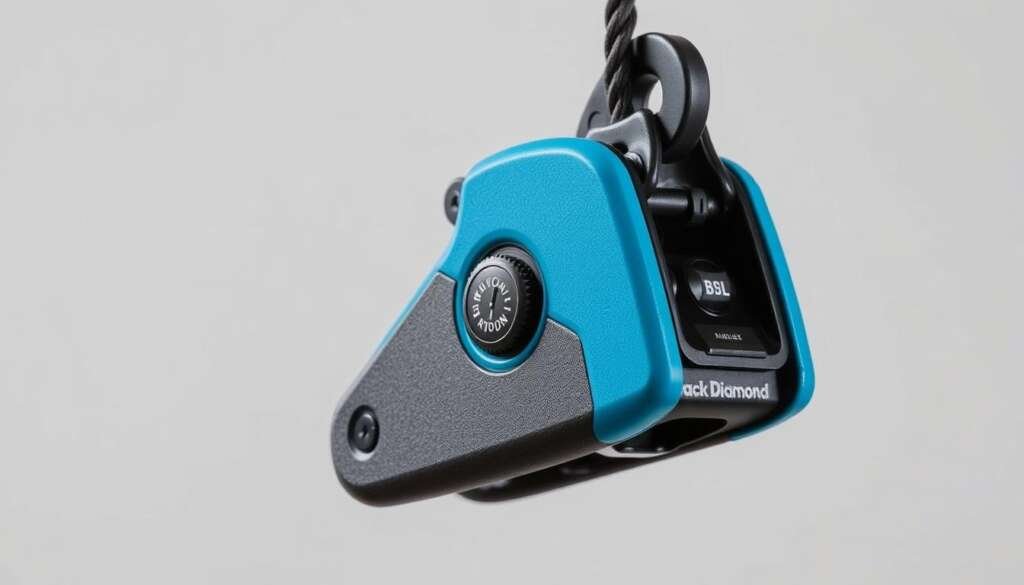
The Petzl GriGri is another highly-regarded option, known for its assisted braking technology and smooth operation.

Ideal Options for Multi-Pitch and Trad Climbing
For multi-pitch and trad climbing, climbers often prefer belay devices with guide mode capabilities. The Black Diamond Guide is a versatile option that offers both guide mode and standard belay functionality.
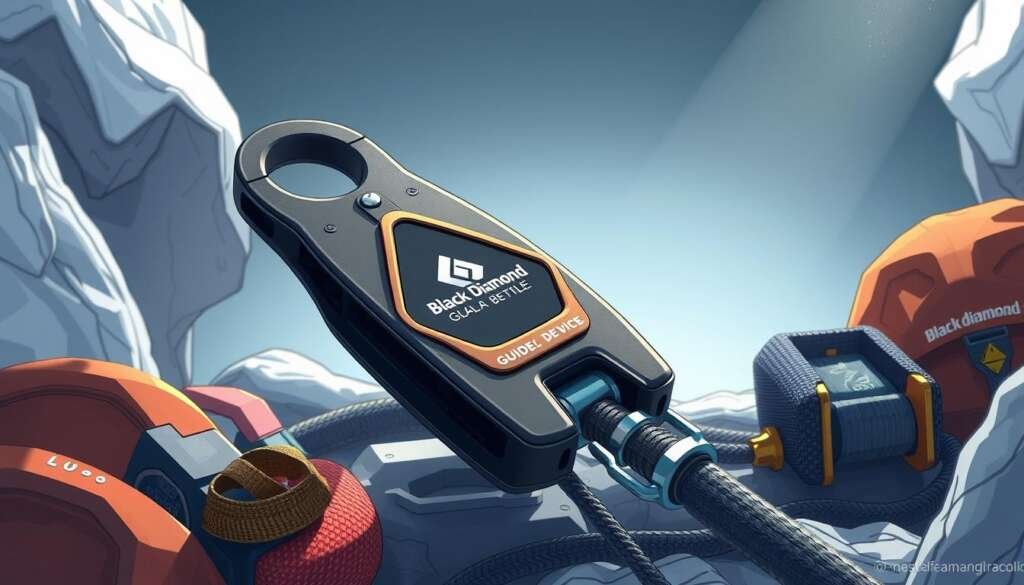
The Petzl Reverso is another excellent choice, providing a reliable and efficient way to manage the rope during multi-pitch climbs.
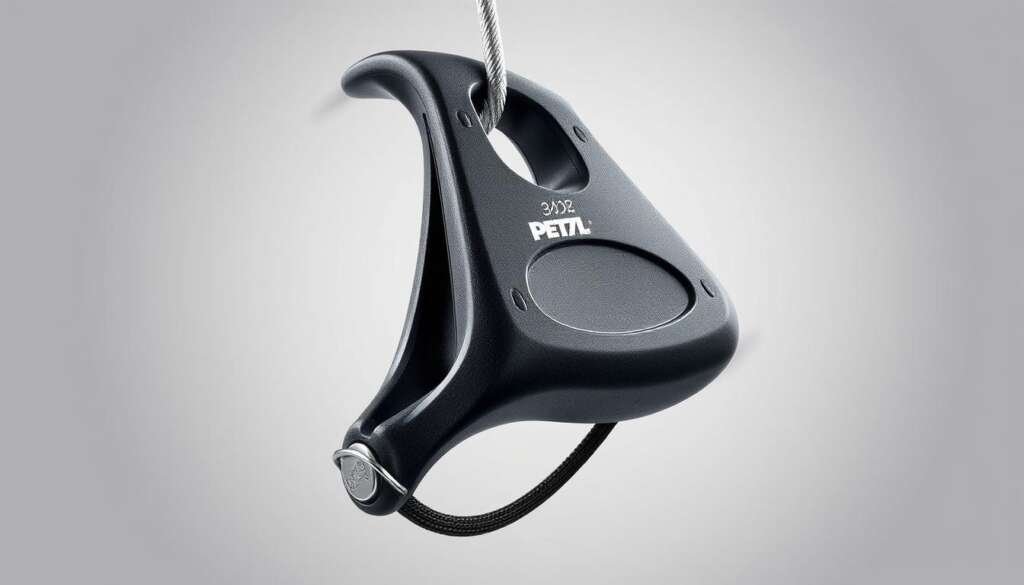
Guide Mode Devices for Advanced Climbers
Advanced climbers often prefer belay devices with advanced guide mode features. The Black Diamond ATC Guide offers a high level of control and flexibility, making it suitable for complex climbing scenarios.
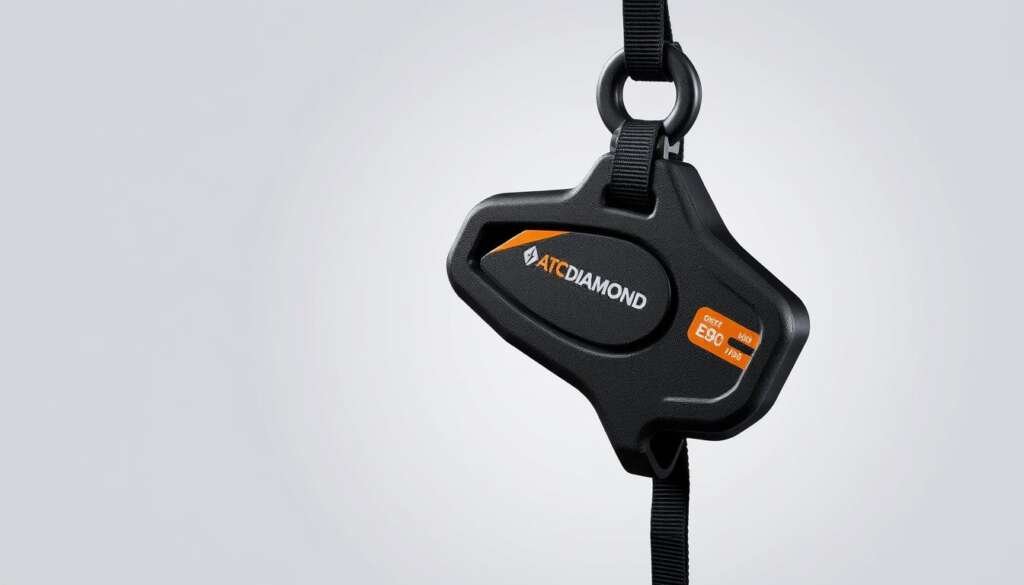
The Mammut Smart2.0 is another device that offers a range of features, including guide mode and assisted braking, making it a great option for advanced climbers.
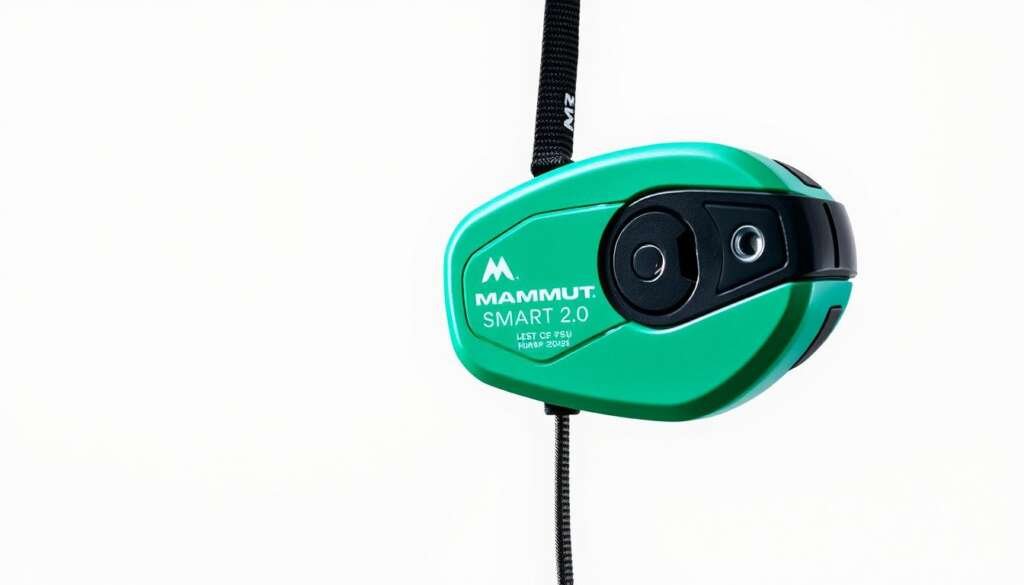
Budget-Friendly Options for Beginners
For beginners on a budget, several quality belay devices are available at affordable prices. The Black Diamond ATC XP and Petzl Verso offer reliable performance at entry-level prices.

When purchasing a belay device, consider investing in a versatile option that can grow with your climbing progression. Remember to check your gym’s belay device policies, as many now require assisted-braking devices.
Safety Considerations and Best Practices
Ensuring safety while climbing involves more than just the right gear; it requires a thorough understanding of how to use and maintain your equipment. Belay devices are a critical component of climbing safety, and their proper use and maintenance are essential for a safe climbing experience.
Proper Belay Device Maintenance and Inspection
Regular inspection of your belay device is crucial. Check for any signs of wear, such as cracks, sharp edges, or significant grooves. Belay devices are considered Personal Protective Equipment (PPE) and must meet strict safety standards. It’s also important to follow the manufacturer’s guidelines for maintenance and inspection.
| Inspection Criteria | Action Required |
|---|---|
| Cracks or sharp edges | Replace immediately |
| Significant grooves or deformation | Replace immediately |
| Sticking or rough camming mechanism | Replace assisted-braking device |
Common Mistakes to Avoid When Using Belay Devices
One of the most common mistakes climbers make is not properly checking their equipment before use. Always ensure your belay device is correctly attached to your harness and that the rope is properly threaded. Incorrect rope threading can lead to serious safety issues.

When to Replace Your Belay Device
Knowing when to replace your belay device is crucial for maintaining safety. If you notice any damage, such as cracks or deformation, replace your device immediately. Additionally, consider replacing your belay device after 5-10 years of regular use, or if the manufacturer issues a recall or safety notice.
- Replace if damaged or worn out
- Consider manufacturer’s replacement guidelines
- Inspect after harsh environmental exposure
Conclusion
Selecting the right belay device is crucial for a safe and enjoyable climbing experience. Your belay device is a critical link in the safety chain of climbing, and understanding how it works is key to keeping your climbing team safe.
As you progress, having multiple belay devices for different scenarios can provide the best combination of safety and functionality. Regular practice in a controlled environment will help you develop the muscle memory needed for safe belaying. The device is only as effective as the person using it, making proper technique and attention crucial.

